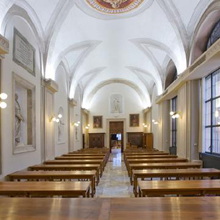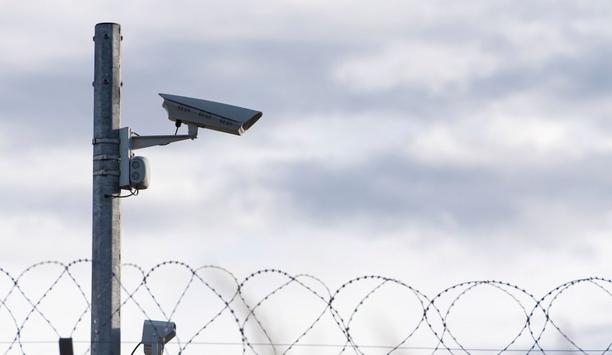The Vatican Apostolic Library specialises in philology and history, as well as the history of theology, jurisprudence and science. It is one of the most renowned research libraries in the world. There is evidence of the library, which served as the scrinium of the Roman Catholic Church, as well as library and archive, dating back to the fourth century.
The modern history of the Vatican Library began around the middle of the fifteenth century: Pope Nicholas V decided to release a body of works in Latin, Greek and Hebrew, a corpus that had grown to hold 1,200 documents during his reign, for consultation and inspection by scholars. Over the course of the centuries, the library was constantly expanded up to the present day. The library‘s holdings have grown to contain about 150,000 manuscript volumes, 1,500,000 printed books, 300,000 coins and medals and 100,000 maps and engravings.
The library is open to university lecturers and assistants, academics who are working on their dissertations, university students who have a demonstrable need to consult the library‘s materials and scholars with a proven track record of scholarly publications. Some parts of the buildings underwent renovation and modernisation and were not accessible to the public from July 14, 2007 to September 20, 2010.
MOBOTIX protects old manuscripts and valuable books
The gates of the Vatican Apostolic Library will reopen on September 20, 2010, after three years of renovation and modernisation work. As part of the renovation work, the library was equipped with a sophisticated video surveillance system to deter theft of any part of the collection. The library management wanted to increase the level of security in the reading and storage rooms by implementing advanced technology. Luciano Ammenti, who is responsible for coordinating the library‘s information services, says, "We came to MOBOTIX after a careful consideration of offers and on the recommendation of Seret S.p.A., a system integrator located in Rome. The IP megapixel technology in MOBOTIX cameras meets our requirements perfectly. Our goal was to create a general and systematic monitoring system for the books that are used in the reading rooms and for the movement of people within the building. We wanted a tight-knit system for monitoring all of the rooms, with video recording of all events."
A project with the highest requirements for protecting the past
Several areas, such as the manuscript basement, have already been under video surveillance for several months. A total of 70 M12D cameras were installed at critical points in the library (reading rooms, exits and storage areas). The project's innovativeness and originality distinguish it from other security systems. MOBOTIX IP megapixel camera technology is combined with RFID (Radio Frequency Identification) technology that uses microchips.
With RFID technology, which is used both for identification cards and microchips integrated in the books, people can be linked to the volumes they have consulted and their movements within the library can be monitored. To do so, the motion detection feature was activated on the MOBOTIX cameras positioned at 20 exits. This way, it is possible to identify these people and assign them to the correct ID and the books that they have checked out. Thanks to the specially developed AI software (Artificial Intelligence), it is possible to assign the microchip to the corresponding video clip from the camera, allowing the operator to evaluate the recordings quickly and easily using a single search key, for example, the book title, the name of the person or the time at which the person left the building.
 |
| The MOBOTIX IP megapixel technology is combined with RFID technology that uses microchips |
All images from the cameras are stored for a year in a center for data evaluation and it is only accessible to authorised persons. This cutting-edge system ensures the security of all volumes in the Vatican Library and any anomalies can be identified immediately. If a person accesses a library volume without authorisation, this is detected immediately by the combined RFID and video surveillance system, and if this person tries to leave the building with the unauthorised volume through one of the library exits, an alarm is triggered. The responsible person at the lending desk can check the camera recording and then notify the appropriate person in the area in which the event occurred.
Close collaboration over the long term luciano ammenti is excited:
"We are incredibly satisfied with this project because we now have a video surveillance system that is head and shoulders above any of the other systems in use today. The IP megapixel technology from MOBOTIX creates recordings of outstanding quality. It was important for us to have clear and distortion-free images so that we can precisely recognise people's faces and their identities. The cameras are easy to install, which is why we don't have to make any structural changes to buildings that date back to the sixteenth century. With the support of MOBOTIX and the system integrator Seret S.p.A., we have managed to develop specific software that allows us to monitor the entire system and fully exploit all of its possibilities. The close collaboration, which arose during this project and which will certainly continue into the future, forms the foundation for continuing our work together."












